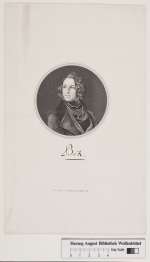Dickens, Charles
Back
Image source
Digitaler Portraitindex
https://www.portraitindex.de/documents/obj/33417911
Documents
Biographical information from Henze-Digital
No additional biographical data recorded








